THE FORGOTTEN MAIN STREET OF AMERICA
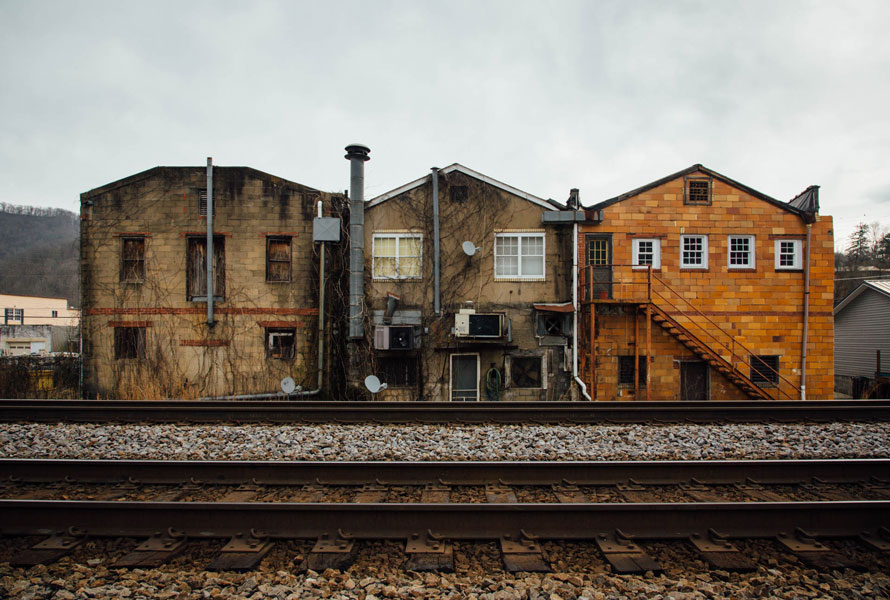
The transcendent universal compassion of trains being the main street of America reconciles me to a place in time when the rails flourished. The angels whispered the secrets of the night train speeding its way to darkness. I could attend to the gentle chugging of the Railroad, comforted that there was someone else awake in the middle of the night. Tick tick…tick tick… tick tick the soothing steel wheels sound off a smooth rhythm as I sit still in bed. The passing trains are like musicians singing me a song. The whistles fade into the distance as I close my eyes for sleep and for dreaming.
Another beautiful night is put to rest as the noises from town awaken the day just before sunrise. Trains of coal come down from the mine and people begin to fill the street. The morning express passenger train glimmering in the sunlight of glory pulls into the station at the center of town on schedule. People are summoned to the scene as they gather to board the train to the city. The 7:00 a.m. whistle blows to signify the start of the work day at the local mine. Children play along the dirt of the oozing earth throughout town looking like a blissful epicure, albeit the fact that they are filthy and unruly.
There is something so powerful about stepping back in time onto a solid block of iron that carries us and rocks us through the hills and valleys of our country. Our proximity to the tracks served as a way of grounding my heart and connecting many beloved souls. The bell, chug and smoke are gone. The rumble that seems to last far into the night, the coupling of the cars as they make their way onto another train still give solace; as under the skin of modernity lies a skeleton of a railroad track.
The railroad was both the icon of the Industrial Revolution along with one of the most significant transformative forces of the nineteenth century. To many, the railroads and their industries exemplified the bold energy of the nation and signaled a new era of democracy. The main street of the 1800s was a dirt road with lumbering horse drawn carriages bringing goods between the railroad, the village shops, farms, town’s center, and rivers. The railroads transformed the very fabric of American society. The center of town was bustling and full of life for small rural communities filled with conflict, complexities, and yet they encouraged the congregation of industrialization.
A romantic haunting of the lonely sight of the rails disappearing into undergrowth creates the unknown as intrigue sets in on these lines to nowhere . . .
Railroads led into the very heart of cities in the 19th and early 20th centuries. It planted seedlings of thought for the growth of American businesses, changed the nation’s public conversation along with intellectual life. Traveling across the length of the continent in days was a real venture while gazing upon the effervescent sweep of scenery depicting landscapes in their entirety. The rails carried more than goods; they captured a conduit for ideas, a pathway for discourse. The railroad ensured a production boom, as industry mined the vast resources of the middle and western continent for use in production. In essence the railroad was America’s first technology corridor. With the completion of the great railroad, America gave birth to a transcontinental culture; these steel arteries further provoked a profound change in the American mind. A manifest destiny wrought in iron; two coasts united and an interior open to settlement. Steel routes webbed outwards from its branch points, conveying north and south—the settlers coming from the west to claim millions of acres of land.
The transcontinental railroad did not long remain the sole venue of travel through America’s grand center. The face of American railroading today is not the nostalgic tale of whistles echoing across the valley, nor townspeople hanging around small town depots, awaiting the 5:15. Just as America has changed, so has the face of the tracks. At the end of World War II, railroads provided almost seventy percent of the nation’s passenger and freight service. New competitors were entering the transport industry: cars, buses, trucks and planes and the triumph of the automobile and airplane brought an era where railroads dominated passenger travel to an end. Henry Ford introduced his first Model T, a car that will achieve unparalleled popularity and change in the automotive industry, and American life, forever. The manufacture of automobiles quickly surpassed all other industries and has been described as “the greatest revolution in transportation since the railway” by Alfred P. Sloan of General Motors. Indeed it was; the consequences to the railroad industry would be profound. The railroad industry fails to revitalize itself after the war, even with the investment of millions in the new passenger equipment. The Federal Aid Highway Act authorizes the construction of an interstate highway system of more than 40,000 miles. This massive public works projects leads to major shift in population from city to suburb, and to increased American reliance on the exploding popularity of the automobile.
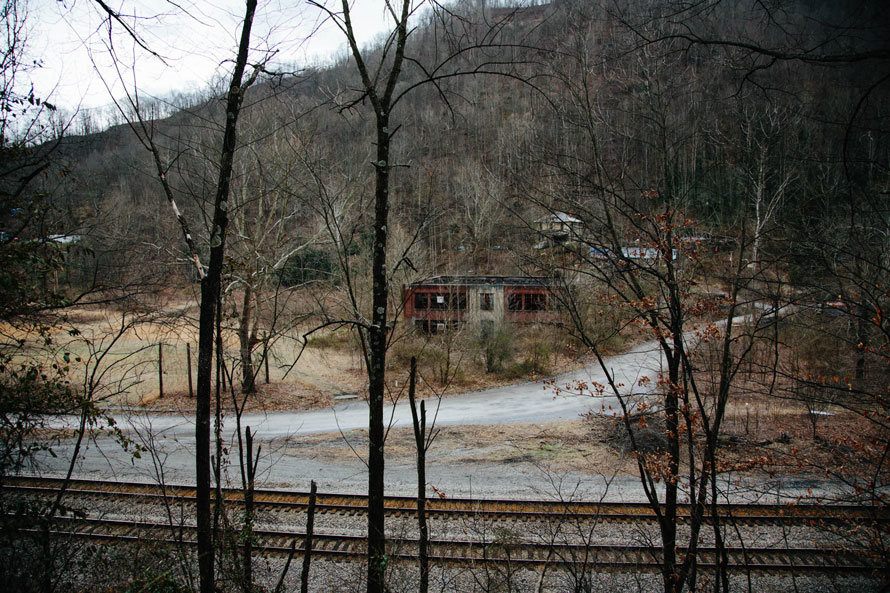
The once proud industrial history of steel arteries pounding with traffic are now a mystery of relics as strips of rusty metal lay atop rotten wooden sleepers. A romantic haunting of the lonely sight of the rails disappearing into undergrowth creates the unknown as intrigue sets in on these lines to nowhere that unknowingly lay on the wrong part of town. These faceless lines that remain no longer hold steadfast to the main streets of America. Their job now is to be the backbone of transportation from coast to coast as they blindly pass through the small towns and community passages that once adorned them. The new main streets of today are made of concrete and asphalt that make up a vast system of roads and highways. They now serve the polished and clean commercial facades of towns and cities. Tracks now lay hidden from view as communities are ashamed of the dirt and chaos which once held the stories of the Wild West, the sense of time between beloved souls, and the rumbles that echoed throughout the night. The secrets whispered by the angels will hold strong with the speeding rails of our past; a history of our making. Erika Johnson – ©2020
Travis Dewitz – Photographs Copyright 2020
Click on image to open in viewer.
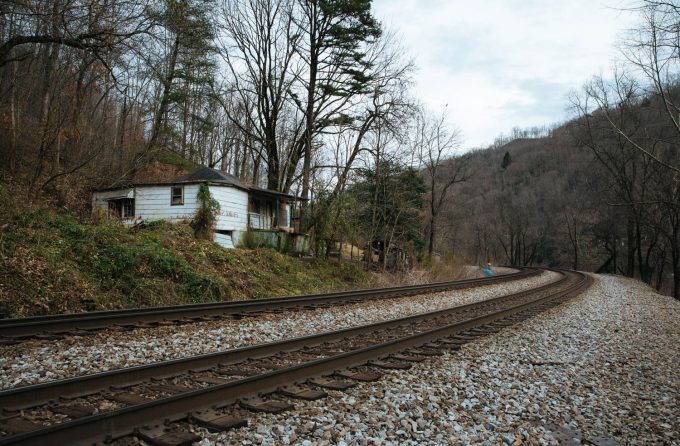
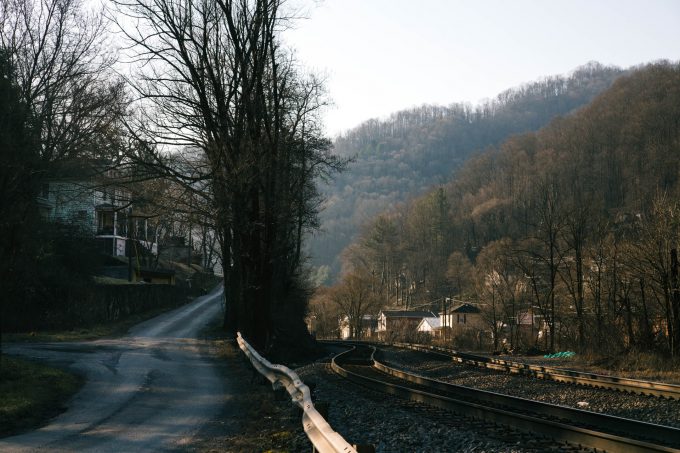
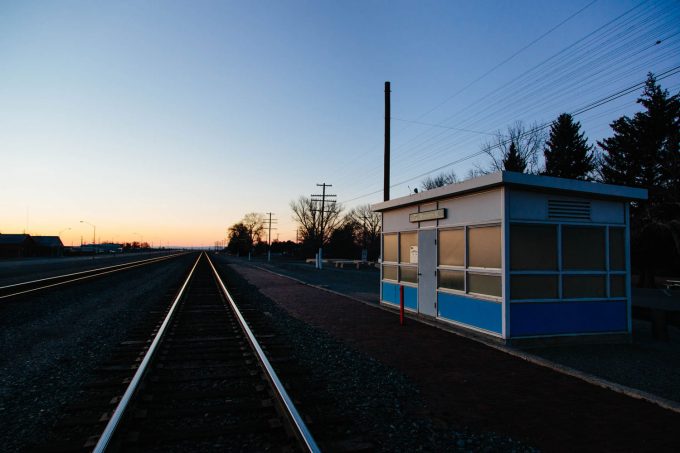
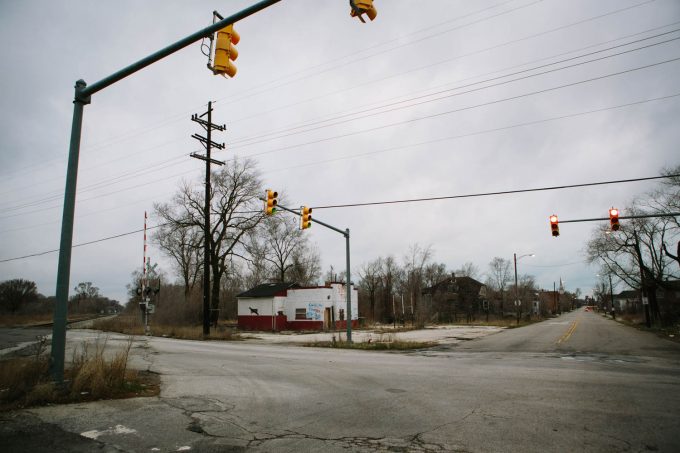
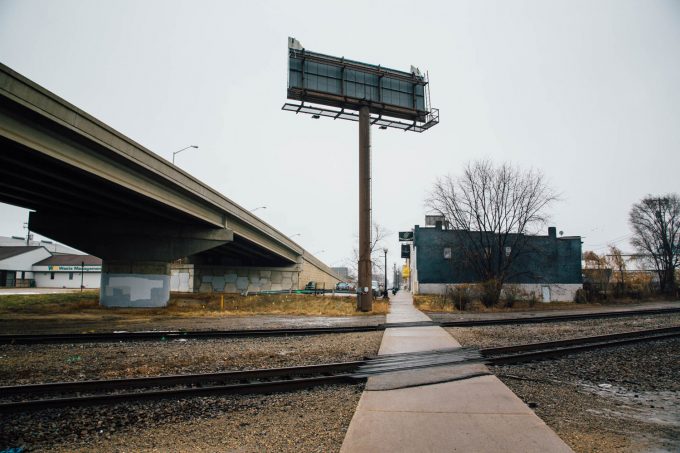
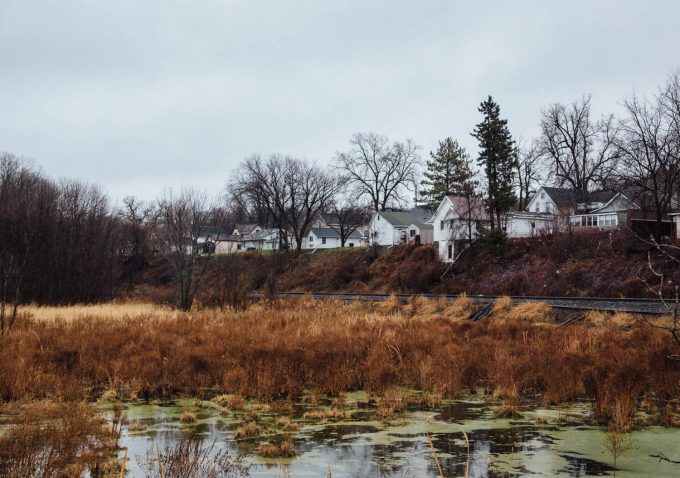
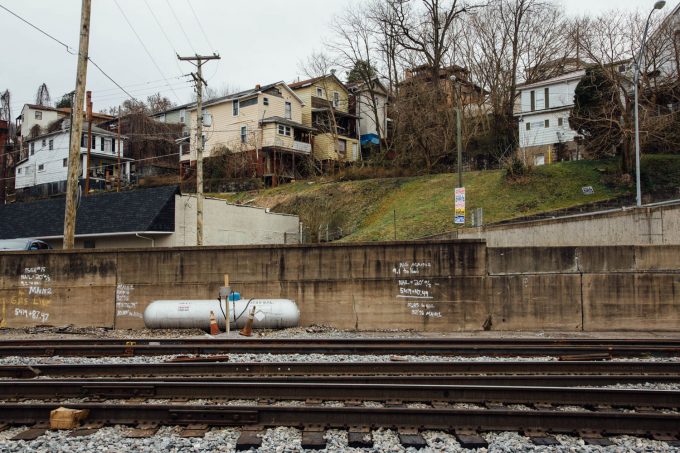
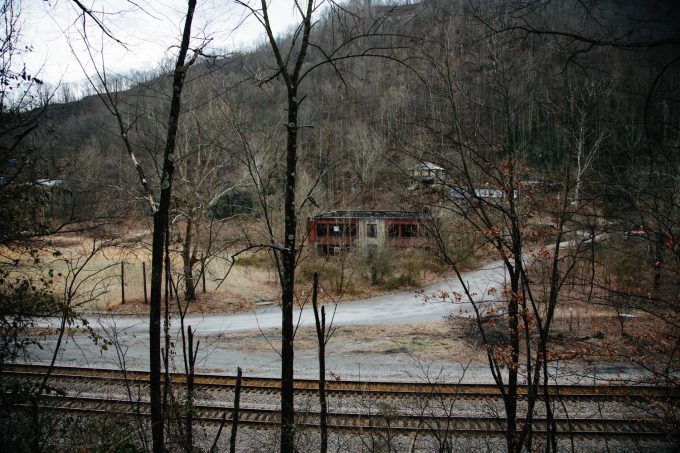
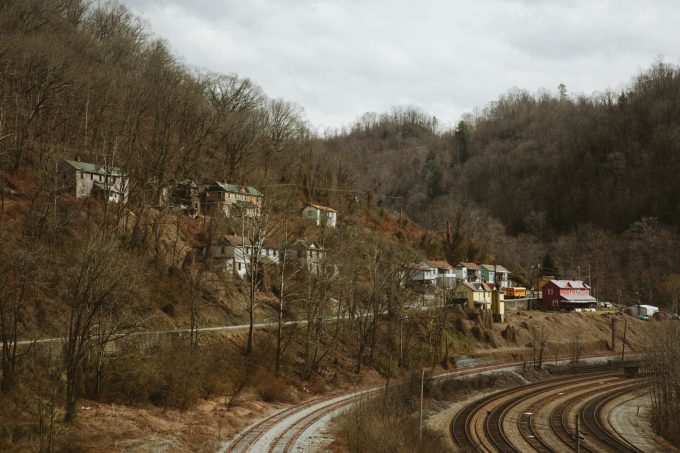
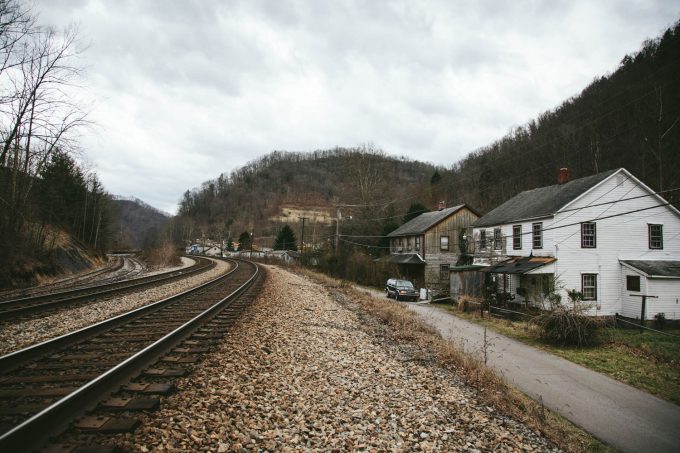
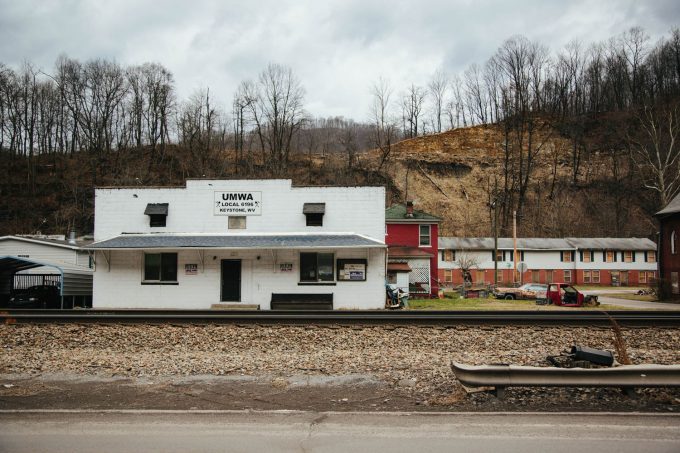
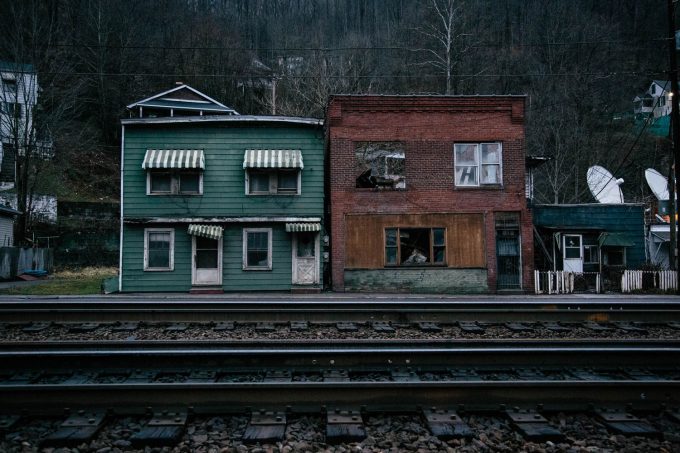
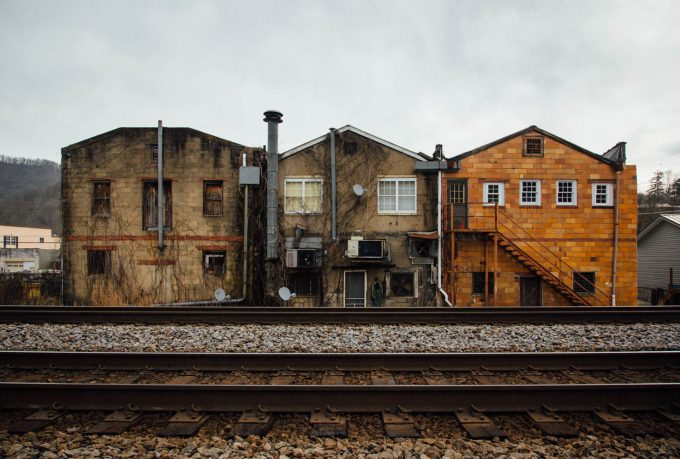
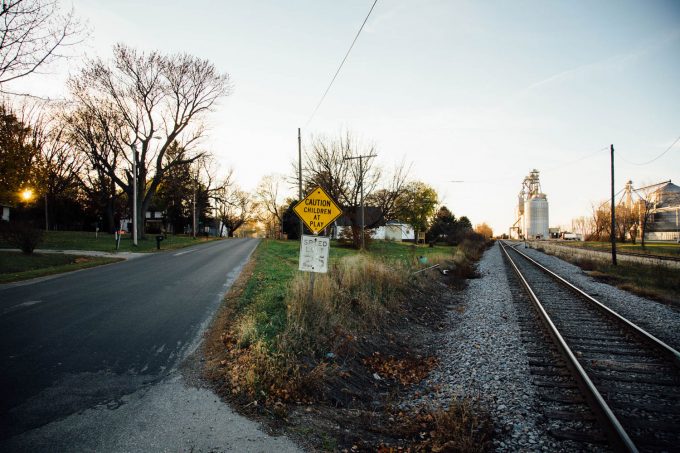
Great story Travis, I always knew I grew up and worked in something with a long history, through people like you and others here I am getting to see and read that others love the same history. Things I and all engineers see everyday and don’t give a second thought about really come alive in people such as you and others share, thank you,
John Springer
Travis, I really enjoyed reading this. Brought back many memories. Thanks for sharing.
Good photos and writing. It is truth for many locations where passenger traffic formerly flowed but not necessarily for all tracks. Track conditions are often better than ever. The rundown look of what is along the track is not indicative of the rails themselves.